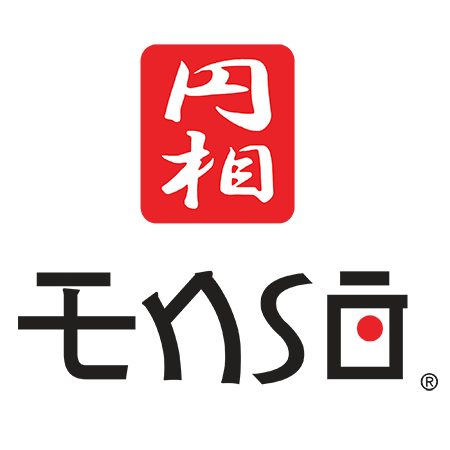Essential chopstick etiquette tips to know in Japan!
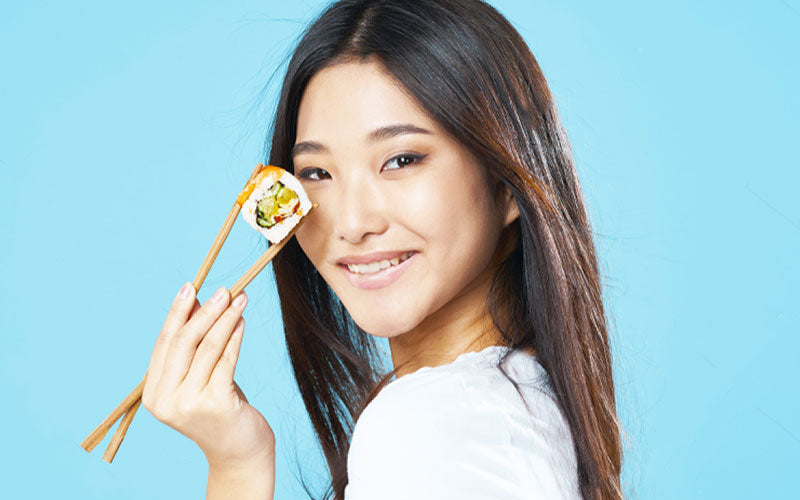
Like most countries around the world, Japan has their own cultural table manners and chopsticks come with their own etiquette. It would be useful to know these manners so when you visit Japan or have dinner with your Japanese business partners you don’t unintentionally offend them. Here are some basic rules to follow:
Holding chopsticks correctly
One way to show your politeness on the table is to hold and use chopsticks correctly and it is also a useful skill since most restaurants in Japan only provide chopsticks.
Here are the steps to follow when using chopsticks in Japan:
- In your dominant hand, hold the first chopstick in a stable position between your thumb and your ring finger.
- Place the second chopstick between your index finger, middle finger and tip of your thumb – similar to how you would hold a pen.
- When you want to pick up some food, just move the second chopstick up and down with your index and middle fingers while keeping your thumb still.
- Hold the chopsticks towards their end, not in the middle or the front third.
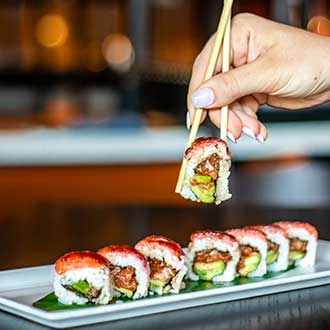
It might not be easy at the beginning, but practice makes perfect. However, you may find other ways to hold chopsticks which are also acceptable, many people just use chopsticks in the way that feels most comfortable for them.
Unfamiliar in using chopsticks and looking for good quality and affordable chopsticks to practice?
You should try our Enso chopsticks, made from real bamboo, eco-friendly, healthy, and ready for use right out of the bag.
Do not rub your chopsticks together
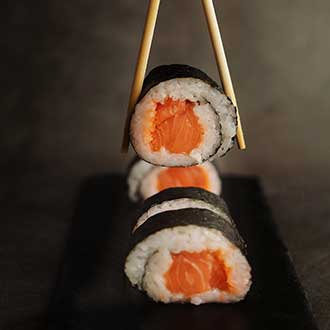
In some countries, it is common to rub disposable wooden chopsticks together before use to get rid of any potential splinters.
However, if you do this in Japan, it may imply that you think the restaurant you are dining at (or the host) has provided you with cheap or low quality chopsticks – so this can be taken as an insult.
Try to avoid the action if possible, especially when you are invited to have a meal with a Japanese friend or family.
Do not stick chopsticks into rice vertically
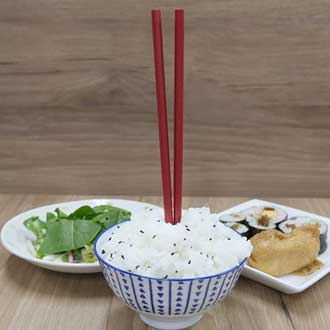
In Japanese culture, sticking chopsticks vertically into rice is traditionally done at funerals or as an offering to the deceased.
Therefore, if you stick your chopsticks upright into your rice it can remind people of death and is considered as disrespectful.
It is also thought to bring a bad luck too. So, avoid doing this during regular mealtimes.
Do not pass food from one set
of chopsticks to another
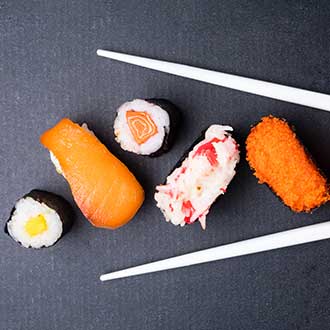
Passing food between each other using your chopsticks is something you should not do in Japan.
This is also related to funeral rituals, as the bones of the deceased are passed between people with chopsticks. When you pass food between chopsticks, it reminds people of this action.
If you want to share food or want to pass food to someone using chopsticks, you should place it directly on a plate so they may pick it up on their own.
Do not cross chopsticks

Crossing chopsticks or placing them in an ‘X’ shape is a symbol of death, so you should avoid this while eating.
Remember to keep the chopsticks in a parallel position whether they are in your hands or placed down.
Use chopstick holder
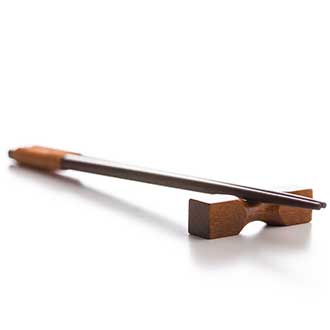
Many Japanese restaurants usually provide a chopstick holder. When you are not using your chopsticks, place them on the holder.
However, if they are disposable chopsticks, the holder will not be provided. But you can make one from the chopstick’s wrappers.
If there are none then place your chopsticks uncrossed on your bowl or plate.
Do not stab food with chopsticks
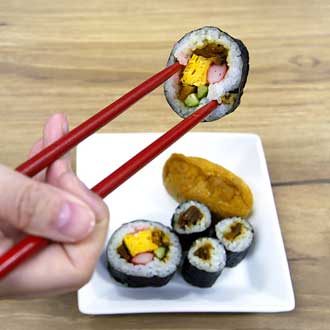
Never use one chopstick to stab or skewer food and bring it directly to your mouth. This is disrespectful and bad table manners in Japan.
Try to use both chopsticks at all times. However, even stabbing your food with both chopsticks is considered impolite.
Some people like to stab the food with a chopstick to check if it is cooked properly. This can also appear as an insult, especially when you have a meal with a Japanese family. It can imply as you do not trust your host to properly prepare your food.
So it is better to avoid stabbing food with chopsticks at all times.
Do not take food from a sharing plate using the chopsticks you have eaten with

The reason is very simple, it is unhygienic to use chopsticks that have touched your mouth to take food from a sharing plate.
You may find a special cutlery is provided for sharing plates that you can use to transfer the food to your dish. In case of no sharing cutlery, you should use a clean pair of chopsticks to get food from the sharing plate.
If it is not possible, you can use the thick end of the chopsticks that has not touched your mouth to grab food from the plate.
This is still not 100% hygienic, but it is acceptable.
Other impolite manners to avoid

- Do not hold chopsticks in your mouth. For example, putting your chopsticks in your mouth to hold them while your hands are full.
- Do not lick, bite, suck or chew your chopsticks. You should not put and rest chopsticks in your mouth, it is unhygienic and considered to be rude.
- Do not use your chopsticks to pull a dish towards you or use them to move plates or bowls around.
- Do not eat directly from the shared plate. Take the food onto your plate, and then eat it.
- Do not point with your chopsticks or wave them in the air.
- Do not play with your chopsticks, hitting them against a dish, or tapping them against the table.
